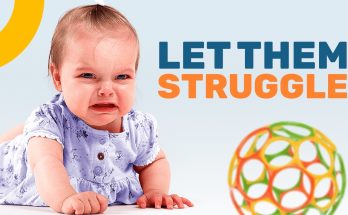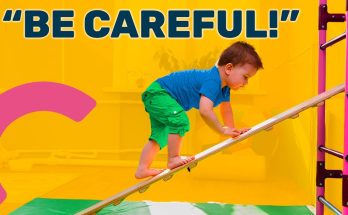Swaddling is an age-old practice used by parents and caregivers to help newborns feel safe and secure. It involves wrapping a baby snugly in a blanket to mimic the warmth and comfort of the womb. Proper swaddling can promote better sleep, reduce startle reflexes, and provide a sense of security for the baby. However, incorrect swaddling can lead to safety risks. In this guide, we will discuss the benefits of swaddling, step-by-step instructions, safety tips, and when to stop swaddling.
The Benefits of Swaddling
Swaddling has several advantages for newborns and parents, including:
- Better Sleep: Swaddling helps prevent sudden movements that can wake the baby, allowing them to sleep longer and more soundly.
- Reduced Startle Reflex: Newborns have a startle reflex (Moro reflex) that can disrupt their sleep. Swaddling reduces this involuntary movement, keeping them calm.
- Mimics the Womb: The snug wrap provides a womb-like environment, making the transition to the outside world easier.
- Prevents Face Scratching: Babies have sharp nails and can accidentally scratch their face. Swaddling helps keep their arms safely tucked away.
- May Help with Colic: Some babies find comfort in swaddling, which can soothe colicky behavior.
How to Swaddle a Newborn
Step 1: Choose the Right Blanket
Use a lightweight, breathable blanket or a specially designed swaddle wrap. Muslin blankets are an excellent choice as they allow for proper airflow.
Step 2: Lay the Blanket in a Diamond Shape
Spread the blanket out on a flat surface in a diamond shape, with one corner pointing up. Fold the top corner down about 6 inches to create a straight edge.
Step 3: Place the Baby on the Blanket
Lay your baby on their back, with their shoulders just below the folded edge of the blanket. Make sure their head remains uncovered to prevent overheating.
Step 4: Secure One Side
Take the left side of the blanket and wrap it over the baby’s chest, tucking it snugly under their right arm and body. Ensure their right arm is tucked inside, while the left arm remains free.
Step 5: Fold the Bottom
Take the bottom corner of the blanket and fold it up over the baby’s feet. Tuck the fabric loosely around the chest to allow for hip movement.
Step 6: Secure the Other Side
Take the right side of the blanket and wrap it across the baby’s chest, tucking it under the left side of their body. Ensure it is snug but not too tight, allowing for slight movement in the hips.
Step 7: Check for Comfort and Safety
Make sure the swaddle is snug but not restrictive. The baby’s hips should have room to move, and the blanket should not be too tight around the chest. A good rule of thumb is that you should be able to fit two fingers between the swaddle and the baby’s chest.
Safety Tips for Swaddling
Swaddling can be beneficial, but it must be done safely to prevent any risks. Here are some essential safety tips:
- Always Place the Baby on Their Back: Never put a swaddled baby on their side or stomach, as this increases the risk of Sudden Infant Death Syndrome (SIDS).
- Do Not Over-Tighten: The swaddle should be snug but not too tight. The baby’s legs should be able to bend and move freely to prevent hip dysplasia.
- Monitor Temperature: Overheating can be dangerous for newborns. Use a lightweight blanket and check for signs of overheating, such as sweating or flushed cheeks.
- Stop Swaddling When the Baby Starts Rolling: Around 2 to 4 months, babies begin to roll over. Swaddling should be discontinued at this stage to prevent suffocation hazards.
- Use a Safe Swaddling Blanket: Choose blankets made of breathable fabric to reduce the risk of suffocation and overheating.
When to Stop Swaddling
While swaddling is beneficial for newborns, there comes a time when it should be stopped. Here are signs that indicate it’s time to transition away from swaddling:
- The baby starts rolling over independently.
- They consistently break free from the swaddle.
- They show discomfort or frustration when swaddled.
- They sleep better without being wrapped.
When transitioning away from swaddling, you can use sleep sacks or wearable blankets, which provide warmth and comfort without restricting movement.
Conclusion
Swaddling is a great way to help newborns feel safe, secure, and comfortable. By following the proper technique and safety precautions, parents can ensure that their baby benefits from swaddling while minimizing risks. However, it is crucial to monitor the baby’s development and stop swaddling when necessary. With this guide, you can confidently swaddle your newborn and promote better sleep and comfort for both the baby and yourself.



